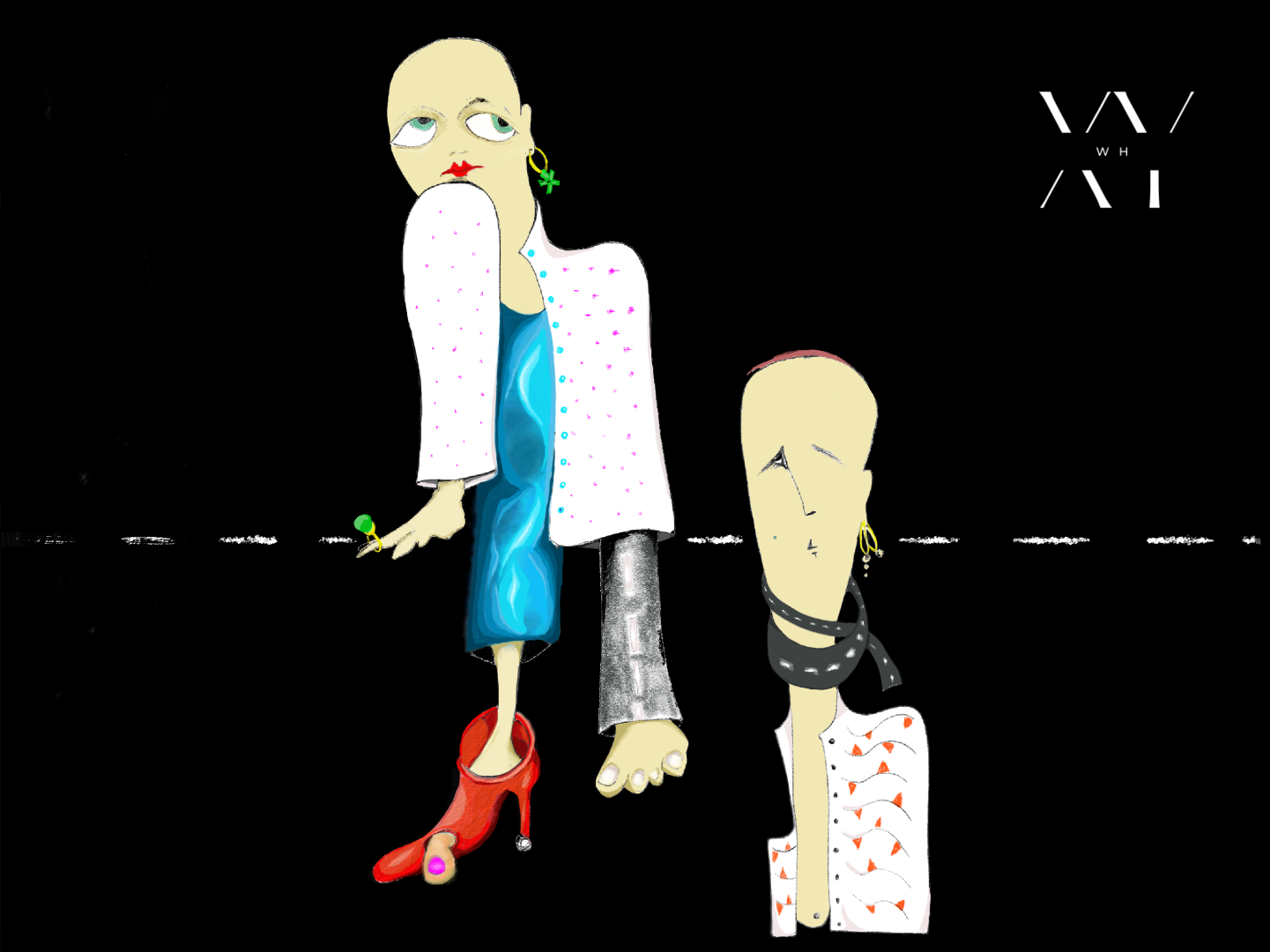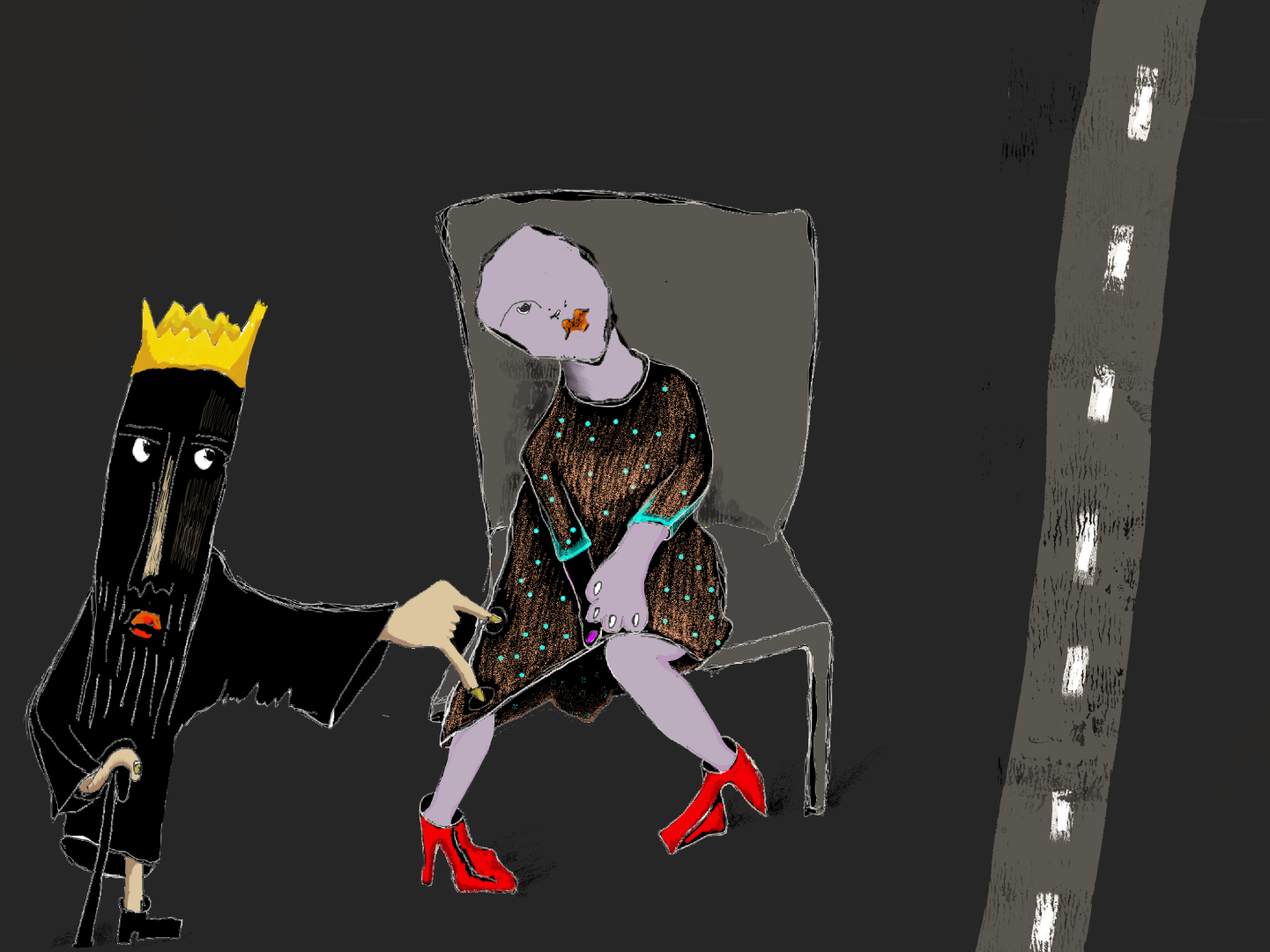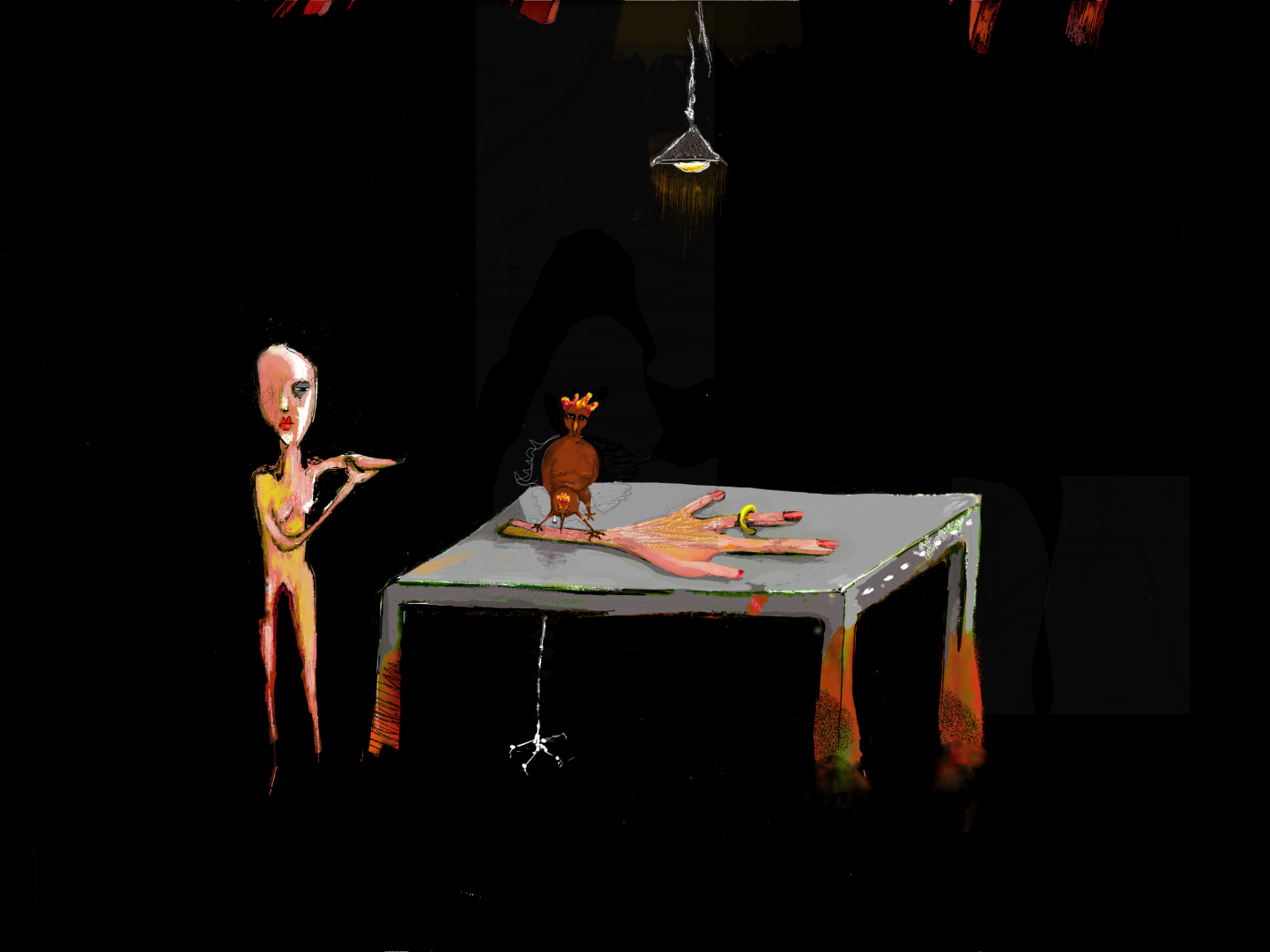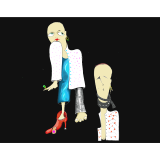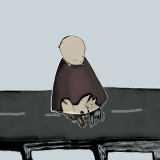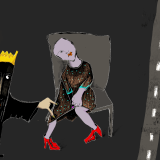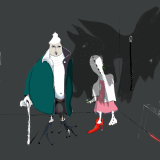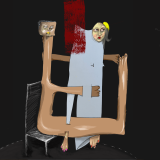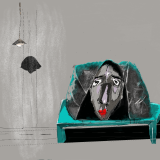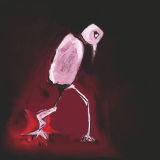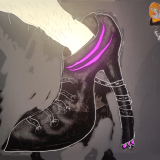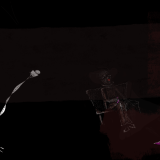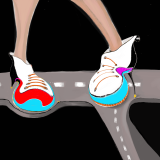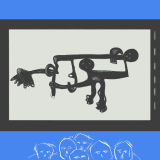Gender-based violence (GBV) is a generic term that includes any harmful act against a person because of gender differences between men and women. It includes acts that inflict physical, sexual or mental harm or suffering and the threat of such acts, coercion and other deprivations of liberty. These acts can take place in public or private places. Common forms of gender-based violence include sexual violence (rape, attempted rape, unwanted touching, sexual exploitation and sexual harassment), partner violence (also called domestic violence, including physical, emotional, sexual and economic abuse), as well as forced marriage, early marriage and female genital mutilation. Syria Untold *
Inflicting harm based on difference
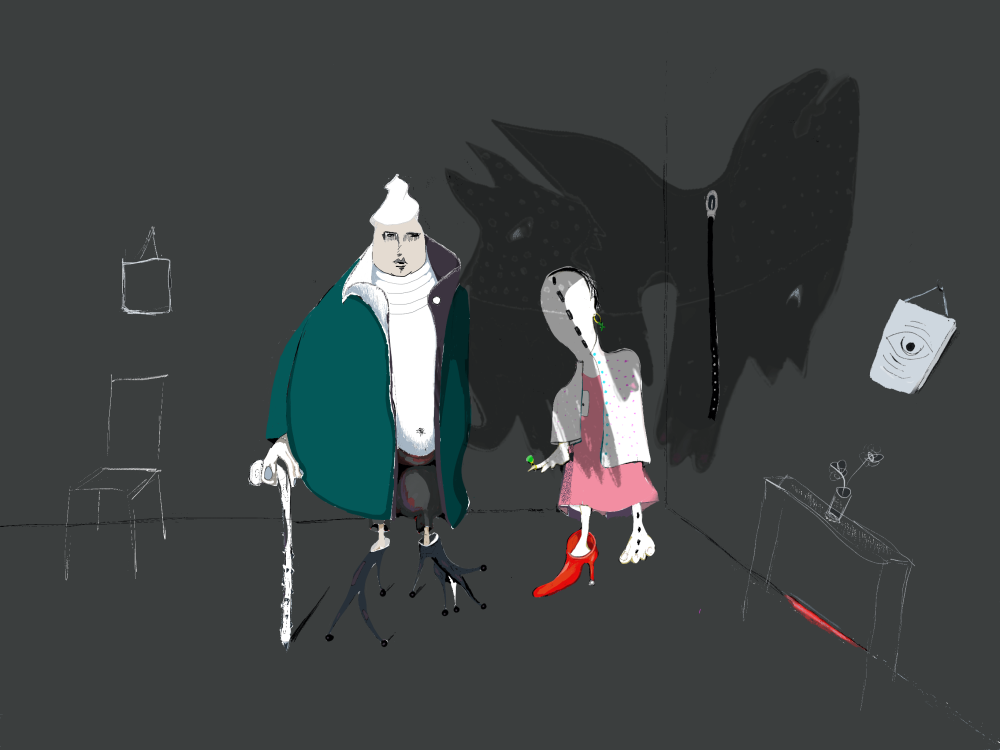
We do not have a clear and comprehensive picture of the phenomenon of violence against elderly women, nor do we have sufficient understanding of its motives, manifestations and direct and long-term results. We know, however, that it is a serious problem, and that efforts to reduce it are still modest and do not occupy in any way an advanced position in the priorities of governments, societies or even human rights defenders. This exclusion is linked to many reasons, the most important of which is a significant lack of information. Even in countries that systematically collect information and deploy evidence-based responses and policies, the information collected does not take the specific context of elderly women into consideration. Much information about the living conditions of the elderly is not sex-disaggregated, and information about violence against women, or their financial or living conditions, is not divided by age groups. The absence of this information has also had a negative impact on understanding and responding to many diseases and health issues, as many research circles, academic studies, public policies and service providers ignore health conditions and physical and mental illnesses related to the post-menopausal and reproductive age periods, leading to false assumptions (e.g., that cardiovascular diseases are more of a men’s than a women’s disease) that leave older women vulnerable to preventable health problems.
The image is also absent due to a stereotypical and unrealistic perception of the injustice and violence inflicted on older women. While the mention of violence against elderly women brings to mind explicit and direct examples such as beating or torture, the violence against them is much broader than that and takes forms that are difficult to comprehend without thorough consideration and attention. It extends to include physical, psychological, sexual and financial violence, as well as neglect and humiliation, which may be inflicted by relatives such as spouses, children or grandchildren, as well as by the state and health or social service providers, as well as strangers, whether in daily life or across virtual spaces. Aljumhuriya *

39 “honour” killings
On 25 November, the International Day for the Elimination of Violence against Women, the morning programme was devoted to discussing how stereotypes contribute to the spread of violence against women. A local women’s rights activist revealed that last year, her group documented 39 cases of what are called “honour” killings of women. The programme included a report on local cases of domestic violence, rape and sexual harassment. The report said: “During the Covid-19 pandemic and the ongoing economic crisis, cases of violence against women have increased. Despite old and new laws protecting women, violence against women remains widespread in the region due to conservative social norms and values and extremist religious teachings. More awareness-raising work is needed, especially in schools.” Arta *
Arta FM had repeatedly covered local stories of discrimination and violence against women. For example, on 15 July 2021, the radio station discussed a new report issued by a local rights group about increasing cases of violence against women in north-eastern Syria. Arta *
Women and the confrontation of violence… between the injustice of society and the lack of protection alternatives
According to a report by Women Now entitled “Syrian Women’s Readings of the Present, Future, and Associated Concepts,” women enumerated unexpected types of violence, including nostalgic violence, asylum violence, displacement violence, spatial violence and emotional relationship violence after the start of the revolution and during the war. They talked also about detention violence, displacement violence and identity violence.
After 2011, the number of cases requiring women to have the right to pass their nationality to their children increased, including cases of childbirth as a result of rape of female detainees and marriages of Syrian women to unidentified foreign fighters, in addition to violations in displacement camps.
On the International Day for the Elimination of Violence against Women and Girls, on 25 November 2021, the Syrian Network for Human Rights recommended in a report that the international community should provide protection and assistance for forcibly displaced women and refugees, especially girls, and to take into account their special protection needs in particular.
The United Nations affirms that the responsibility to protect women from violence lies with everyone, including society and the media, to mainly contribute to spreading awareness, clarifying women’s rights against violence and correcting misconceptions about GBV. Rozana*
Cyber-violence
Violence against women is no longer confined to the narrow boundaries of their communities or those close to them but has extended to cyberspace, facilitated by the ease of communication and information-sharing brought about by the technological revolution. A large segment of women is exposed to online abuse through social media platforms.
In the Syrian north, groups of women were targets of communal violence simply because they got into activities unfamiliar for women to do earlier. Verify-sy *
Aspects of sexual violence against women
With the recent wave of testimonies of survivors of sexual violence, and the emergence of many crimes years after their occurrence, there was a common question among several friends of mine: What pleasure does a rapist gain from non-consensual sexual intercourse? Why do rapists carry out their crimes against girls under duress, despite the availability of opportunities for them to have consensual sex? These questions take us to thinking more about the very nature of sexual violence crimes and whether they are related to the sexual desire of the aggressor or being just a violent crime committed by an aggressor because he weakens his victim and sees in these crimes opportunities for imposing his control over her.
All definitions agree that the concept of violence is a strict manifestation of force exercised by individuals or groups to force other individuals or groups to do things or commit behaviours by coercion. This force can be material or moral. There is a definition that Pierre Vieux proposed for violence as: “physical or moral pressure, of an individual or of collective nature, that a person inflicts on another person to the extent that this compromises the exercise of a right recognised as a fundamental right, or of the effect of undermining human growth that is possible in a certain period.” In other words, violence is any act that violates a fundamental human right and humiliates the victims.
As for the legal deliberation on the concept of violence, according to a study on the concept of social violence in sociological research between scientific and ideological discourses, published by the Journal of the University of Algiers in 2018, the legal definition of violence gives it a legislative dimension in terms of it being considered a singular crime that in itself is an outlawed act which necessitates punishment. Aljumhuriya *
Crimes of sexual and gender-based violence in Syria
Sexual violence means “any sexual relationship, any attempt to obtain a sexual relationship, any sexual comments or advances, or any acts intended to traffic in a person’s sex or acts directed against that person using coercion, committed by another person, regardless of their relationship and in any location.” Sexual violence includes rape, which is defined as invading the body of a person by conduct resulting in penetration of any part of the body with a sexual organ, or of the anal or genital opening of the victim with any object or any other part of the body.
This violence manifests in different ways, including physical and sexual harm. It also causes emotional and psychological trauma and economic challenges, in addition to social stigmatisation, and may reach the point of death, suicide or murder at the hands of the perpetrator or the victim’s family, relatives and broader relevant social actors. However, all these effects cannot be adopted or imagined and placed in a single template, as each victim of this type of violence must be dealt with as an independent person, and the impact of the harm will differ from a victim to another. Although the victim of this violence is the primary victim, the effects of this violence extend and broaden to include the families and other relevant circles of the victim.
Sexual and gender-based violence are one of the tools the regime in Syria uses within the context of broader policies of inflicting terror on civilians.
The position of other parties to the armed conflict and the opposition towards sexual and gender-based violence
The immediate harm was inflicted on the victims of this violence, but it extended to include and engulf family members who faced feelings of trauma, humiliation, vulnerability and guilt due to their inability to protect children, wives, daughters, sisters, mothers, fathers, brothers and other relatives. The consequences of this violence have extended to include local communities, as a result of feelings of fear and panic.
The opposition raised this information to shed light on the grave violations taking place, so there was a lot of talk about the violations taking place, with a strong focus on cases of rape while neglecting other forms of sexual violence. All of this made the mere arrest of any woman or girl automatically unleash talk about them being raped, before even verifying in any way. In many cases, the women detainees were not raped. However, this does not diminish the other violations they were subjected to, such as arbitrary arrest, torture or even other forms of sexual violence that begin with verbal harassment and end in other forms from the moment of arrest. These practices by the two parties were one of the reasons for the expansion of the map of these types of violations to include all parties to the armed conflict on Syrian territory who used the same approach under the pretext of protecting the victims of this type of violence. Some parties resorted to the same practices as government agencies in this type of violence, which despite all the violations of the other parties, is still the main driver of the cycle of violence in all its forms and types in Syria. Syria Untold *
XwhY
XwhY is a reader of gender and sexuality related-content that represents the problems and challenges faced by women and LGBTQIA+ communities in Syria and the region.
